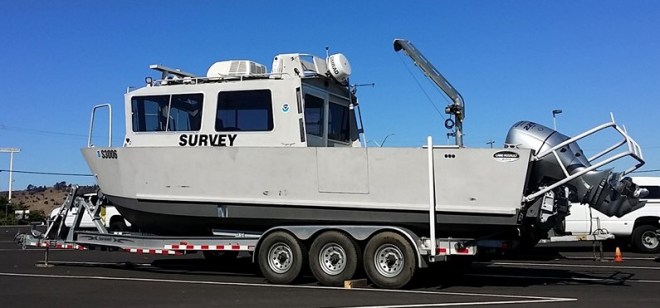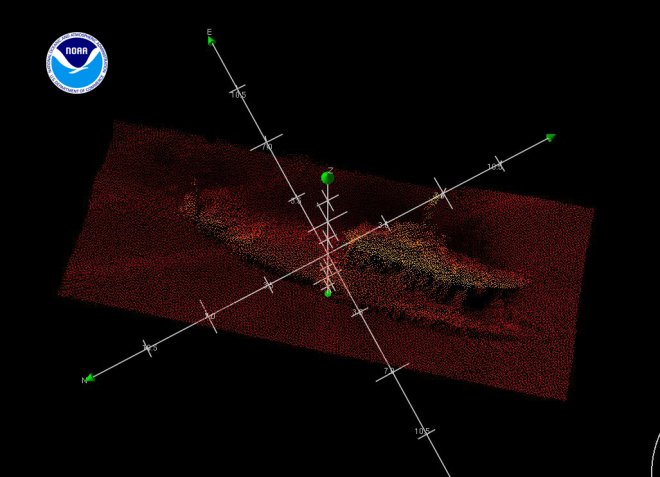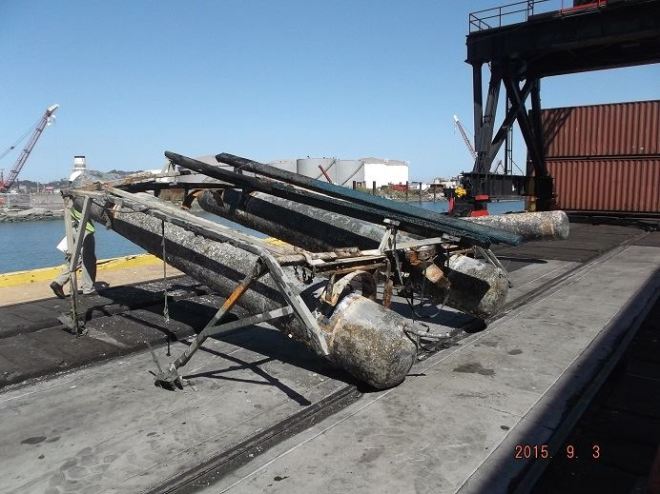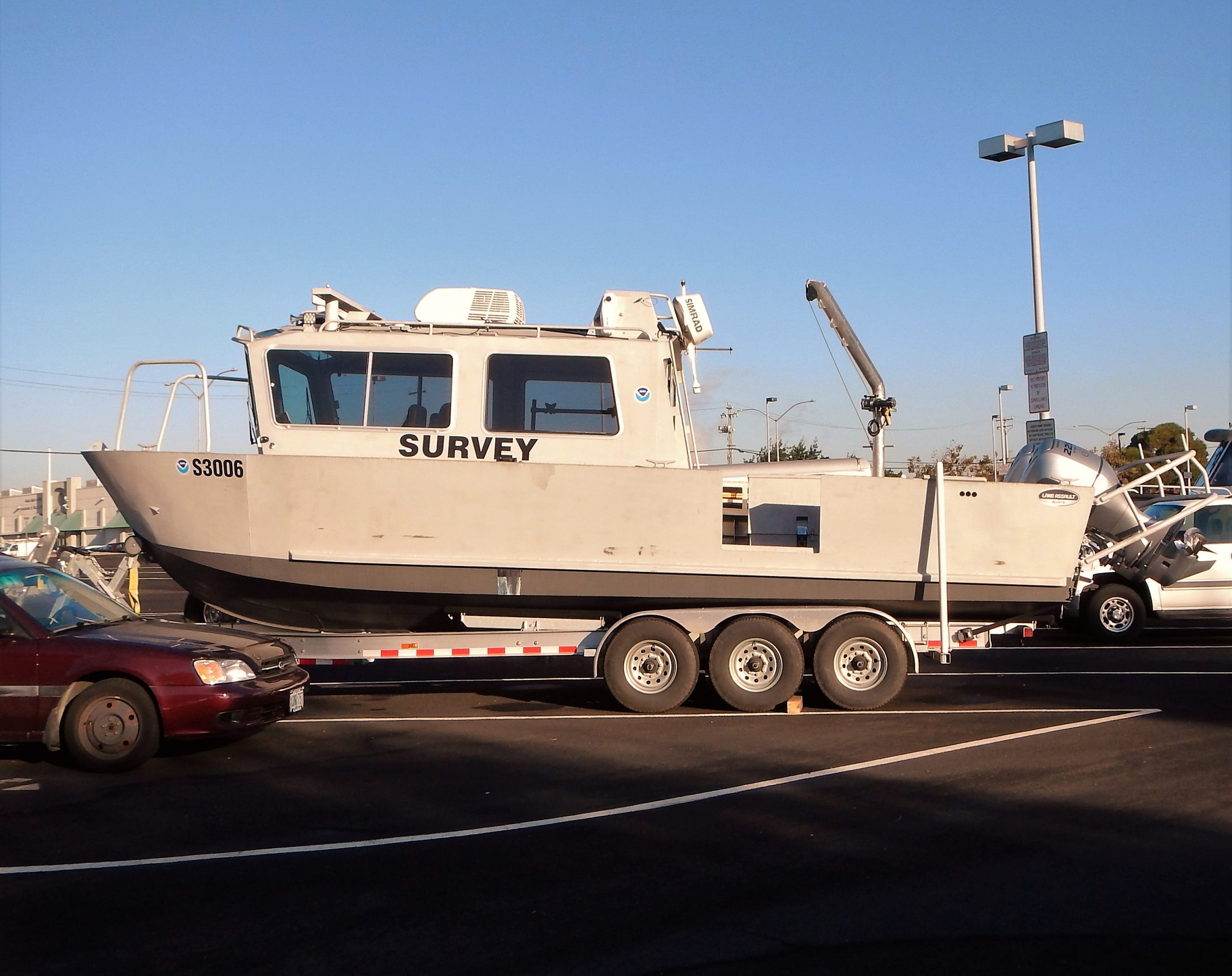To a marine pilot looking forward to a long-awaited nautical chart update, a white NOAA survey ship “mowing the lawn” of the approaches to a port is a gorgeous site. The ship slowly moving back and forth, collecting hydrographic data from the ocean floor, is easily recognizable.
Less well known are Coast Survey’s smaller survey vessels, operated by navigation response teams (NRTs) situated strategically along the U.S. coasts. These vessels are hard worked by two- or three-member teams of physical scientists and technicians who must know everything about the vessel, the specialized survey equipment, and the science of collecting and processing data. On top of all that, they must be expert sailors.
Recognizing the value that these teams and vessels bring to our survey and charting responsibilities — not to mention their essential work in locating underwater debris after hurricanes — NOAA is “recapitalizing” the NRT fleet, building new small boats specifically designed for hydrographic surveying. The first two boats, built by Lake Assault Boats of Superior, Wisconsin, were delivered this week to navigation response teams surveying ports in California and the eastern Gulf of Mexico.

“All of the navigation response team survey boats are nearing or have exceeded their designed service life,” said Russ Proctor, chief of Coast Survey’s Navigation Services Division. “A phased program to replace the navigation response team boats over the next three years will help NOAA maintain the program’s crucial capacity for inshore surveys and rapid response in emergencies.”
Coast Survey’s phased retirement of its current fleet of NRT vessels has prioritized the replacement of boats experiencing the highest escalating maintenance costs.
Navigation response teams protect navigation while they wait for new vessels
In the last 30 days alone, Coast Survey’s navigation response teams have located potential dangers in Georgia and California waters.
The U.S. Coast Guard’s Marine Safety Unit Savannah asked for Coast Survey assistance in locating a fishing vessel that sank on Sunday, September 6. A Coast Survey navigation response team, led by Erik Anderson, located the wreck off Cumberland Island in St. Andrew Sound, pinpointed its position and depth, and delivered images of the vessel.
It was important that the team move quickly. A dive team sent by the Coast Guard on September 7 was unable to locate the wreck — and time was of the essence, since there were indications that the vessel had approximately 700 to 1,000 gallons of diesel onboard. In addition to needing a report on the condition of the vessel (was it intact or in pieces?), the Coast Guard had to find out if the wreck was obstructing a navigable waterway.
The navigation response team hit the water early on September 8. By 10:40 a.m., within two hours of operations, Anderson reported that his team located the wreck with side scan sonar and developed it with their multibeam echo sounder.

“The boat appears to be sitting on its port side with the least depth [26 feet] coming from its mast that is located on the top of the wheelhouse,” Anderson reported. “The least depth is based on preliminary tides but will most likely stick as the tide station data looks to be solid for today,” he explained.
On August 26, a navigation response team in Richmond, California, (led by Laura Pagano) was putting the finishing touches on upgrades to Coast Survey’s MIST kit — a mobile, quick-install side scan / single beam sonar kit that can be quickly set up on a vessel of opportunity. While they were taking the MIST through its paces, they found a potential danger to navigation in the Richmond Channel. After the California navigation manager notified appropriate authorities, the U.S. Army Corps of Engineers removed the obstruction before it could do any damage.




What is the exact location of the wreck off Cumberland Island in St. Andrews Sound?